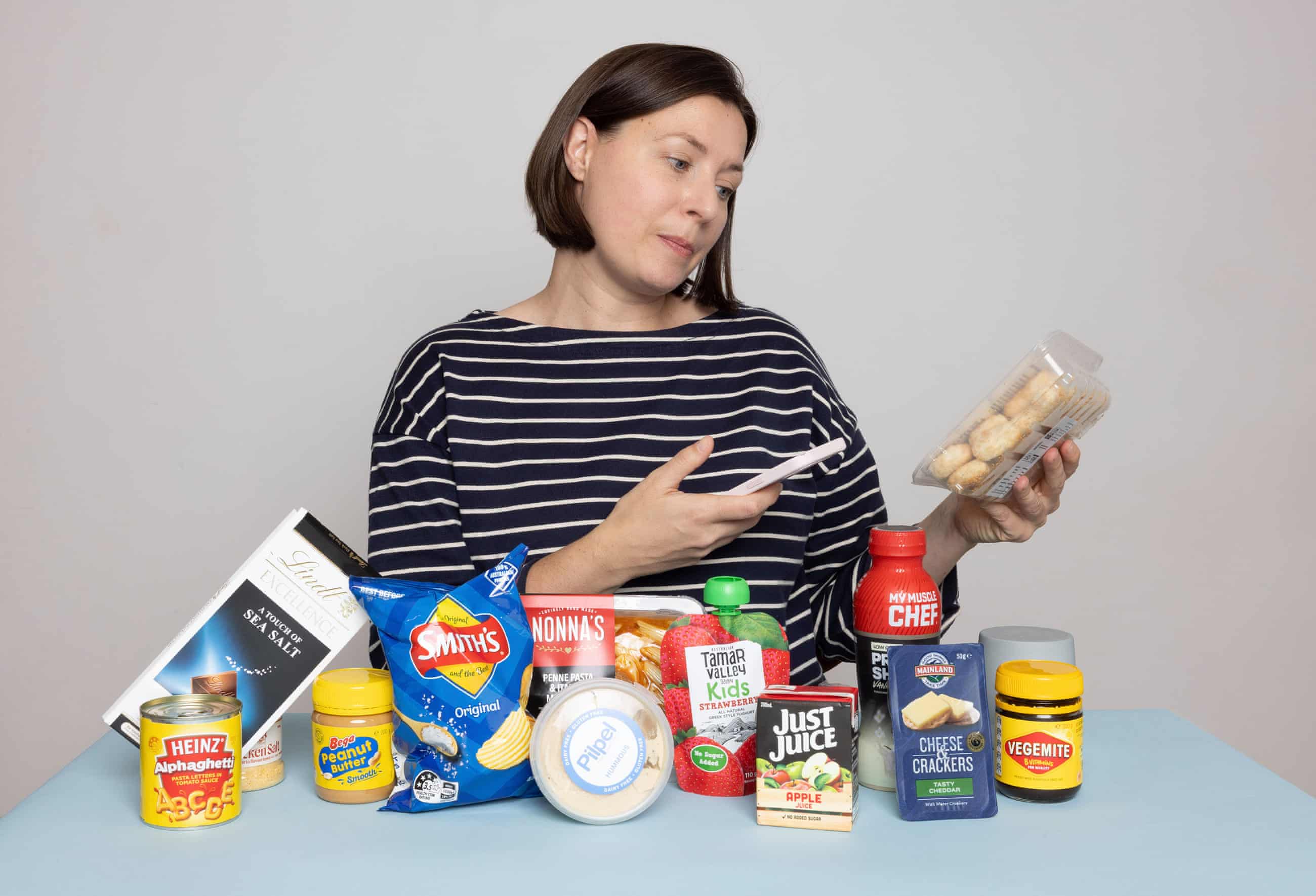
Nine easy swaps to reduce ultra-processed foods in your diet: it’s not an ‘all-or-nothing approach’
Modern western diets are full of ultra-processed foods, but experts say we need to reduce our intake. Here they offer achievable alternativesMy week avoiding ultra-processed foodsGet our weekend culture and lifestyle email“It’s not poor willpower,” says Mark Lawrence. The ecological nutrition professor from Deakin University is a global expert in ultra-processed foods, a beacon of knowledge in the proliferation of UPFs. “It’s really difficult to avoid them.”Australia, alongside the US and UK, has one of the world’s highest consumption rates of ultra-processed foods which have been linked to “multiple diet-related chronic diseases”, according to a global report of which Lawrence was a co-author
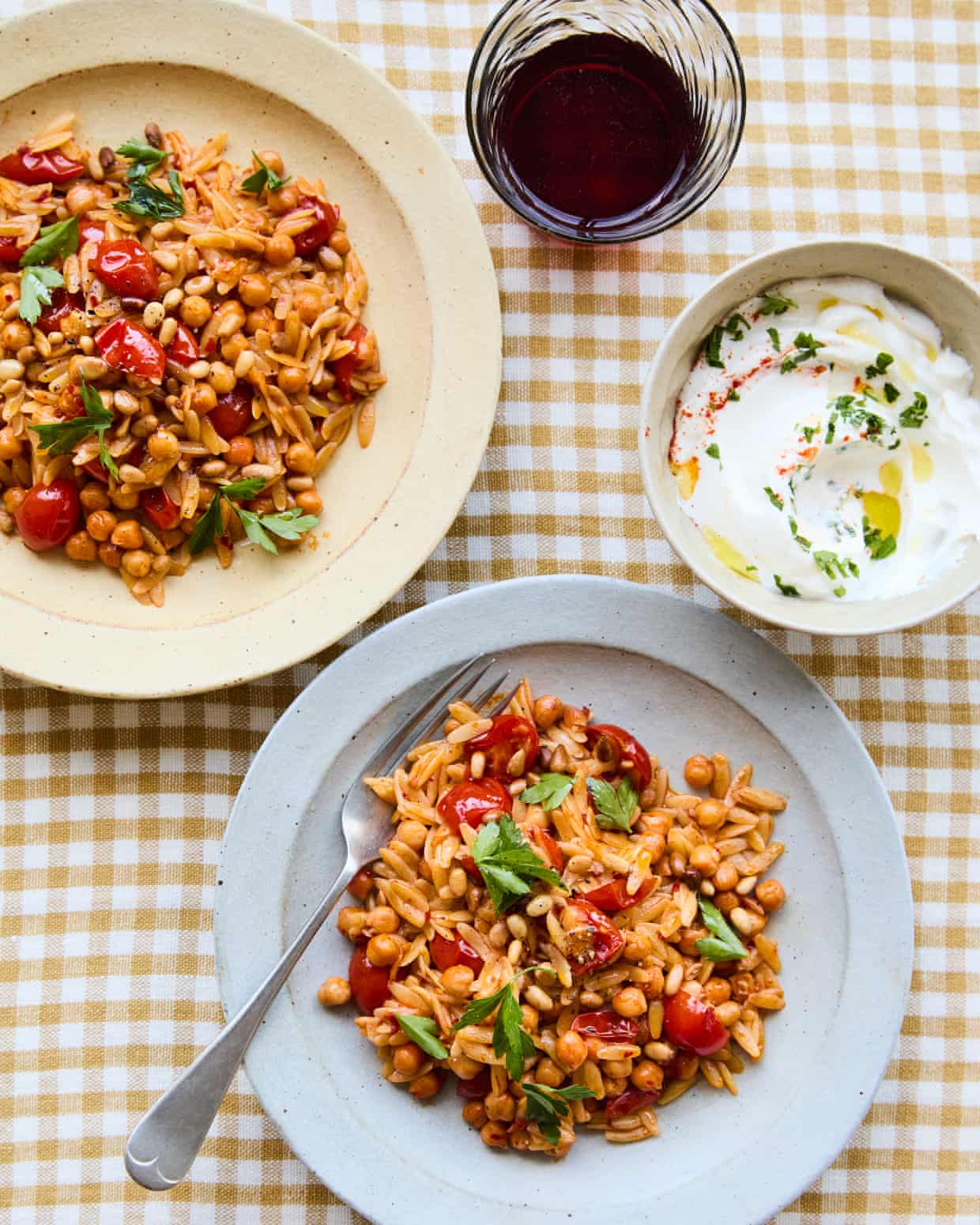
Rukmini Iyer’s quick and easy recipe for harissa-spiked orzo with chickpeas and pine nuts | Quick and easy
This is my favourite store-cupboard dinner when faced with the pre-shop complaints that “there’s nothing in the fridge”. The cherry tomatoes provide a welcome fresh note, but otherwise it’s a happy cupboard raid. An old Nigel Slater recipe first put me on to the idea of using yoghurt to finish a pasta dish, and it works brilliantly here to balance the harissa. Excellent for a work-from-home lunch, too.Prep 10 min Cook 15 min Serves 230g pine nutsFlaky sea salt 200g orzo 1 tbsp olive oil 2 garlic cloves, peeled and finely grated200g cherry tomatoes, halved400g tin chickpeas, drained and rinsed (see my review for the best brands)2 heaped tbsp jarred rose harissa paste (I like Belazu)Juice of ½ lemon2 heaped tbsp Greek yoghurt, to serveFresh flat-leaf parsley, chopped to finish (optional)Put a large frying pan on a medium heat, then add the pine nuts, turn down the heat and toast, stirring and watching constantly, for three to four minutes, until evenly golden brown all over – do not leave the pan unattended, because they will burn
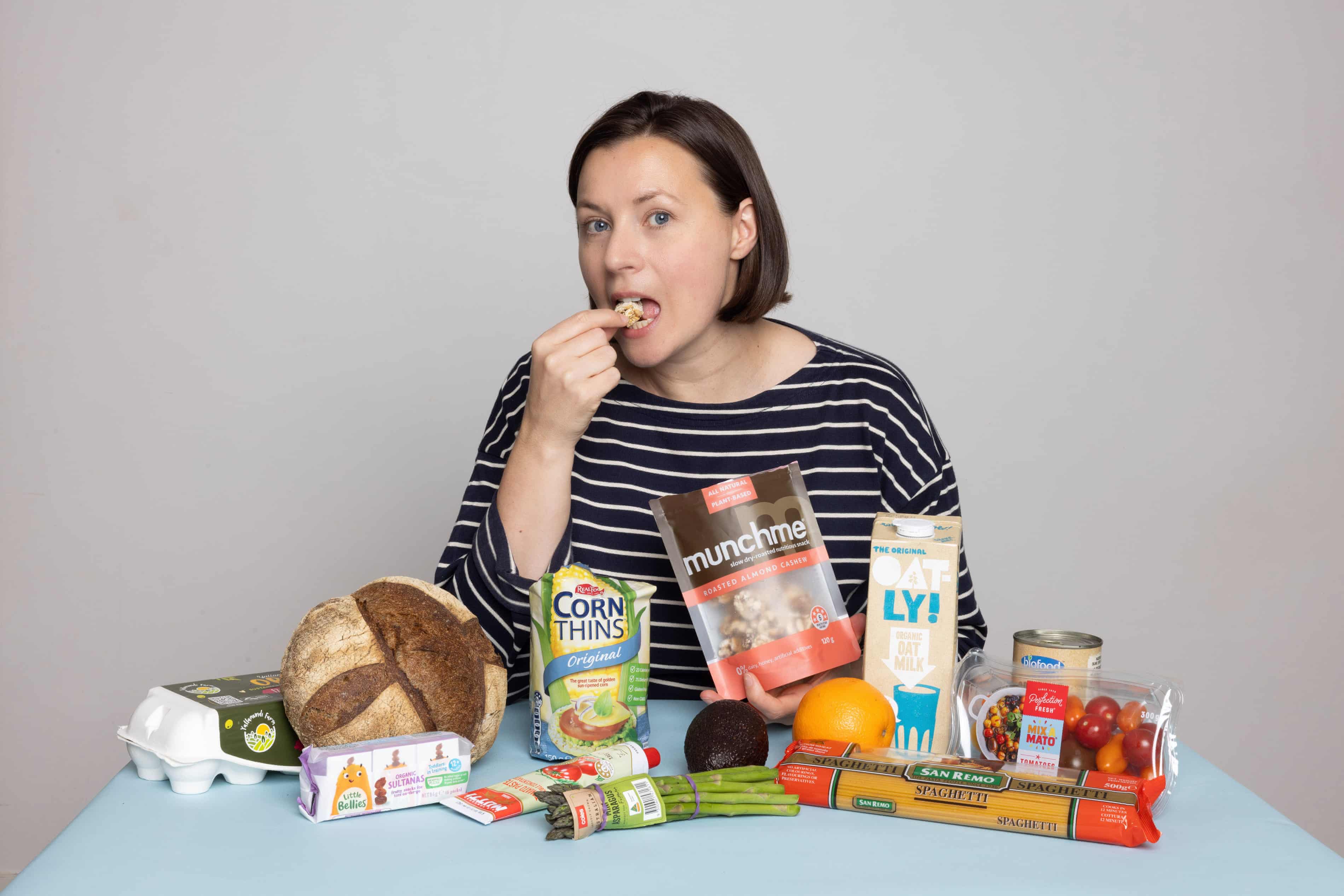
My week avoiding ultra-processed foods: ‘Why is it this hard?’
I’ve been eating ultra-processed foods (UPFs) all my life. Breakfast as a child was often Coco Pops, Rice Bubbles or white toast slathered in spreadable butter. Dinners usually involved processed sauces, such as Chicken Tonight or Dolmio, and my lunchboxes always contained flavoured chippies or plasticky cheese.I don’t blame my parents for this. Now I’m a parent too, I have cartons of juice and flavoured yoghurt as part of my parenting arsenal

How to make mapo tofu – recipe | Felicity Cloake's Masterclass
Mapo tofu is a Chengdu favourite typical of the “spicy generosity” of Sichuan food, Fuchsia Dunlop explains, though it’s perhaps better not translated as “pock-marked old woman’s tofu”. It may even convert you to the joys of tofu itself, should you still be on the fence about the stuff, because its creamy softness is the perfect foil for the intensely savoury, tingly seasoning involved here. It’s also ready in mere minutes.Prep 10 min Cook 7 min Serves 22 garlic cloves 1 small knob fresh root ginger 4 spring onions Salt 250g plain tofu (I like a soft one, but see step 3)2 tsp cornflour, or potato or tapioca starch 1 tbsp Sichuan peppercorns 2 tbsp neutral oil 40g pork mince, or beef mince, or a plant-based alternative1 heaped tbsp Sichuan chilli bean paste (also called spicy doubanjiang or toban djan, see step 8)½ tbsp fermented black beans, drained1 tsp chilli flakes, drained if in oil (drizzle this on top, if you prefer)85ml waterIf serving this with rice, which is how it’s generally eaten (though you could have it with noodles instead), put that on to cook. It’s also nice with some steamed green vegetables or a cucumber salad on the side

Corenucopia by Clare Smyth, London SW1: ‘Posh, calories-be-damned cooking and a dad rock soundtrack’ – restaurant review
A Michelin-adjacent bistro with white tablecloths, red-trousered guests and a chunky wine listIn a room packed with fancy types just off Sloane Square in London, I am eating a £52 plate of dover sole and chips while Status Quo’s Rockin’ All Over the World blasts cheerfully through the room. The chips are very nice, all crunchingly crisp and yieldingly fluffy in all the right places. All 12 of them were perfect, in fact, stood aloft in their silver serving vessel. “A-giddy-up and giddy-up and get awaaaay,” sings Francis Rossi as I perch on a velvet, pale mustard banquette that’s clearly so very expensive that I shudder every time my greasy paws so much as skim close to touching it.Clare Smyth, of three Michelin-starred Core fame, is letting her hair down with this new project, Corenucopia, where she’s cooking a less pricey, more comfort food-focused menu
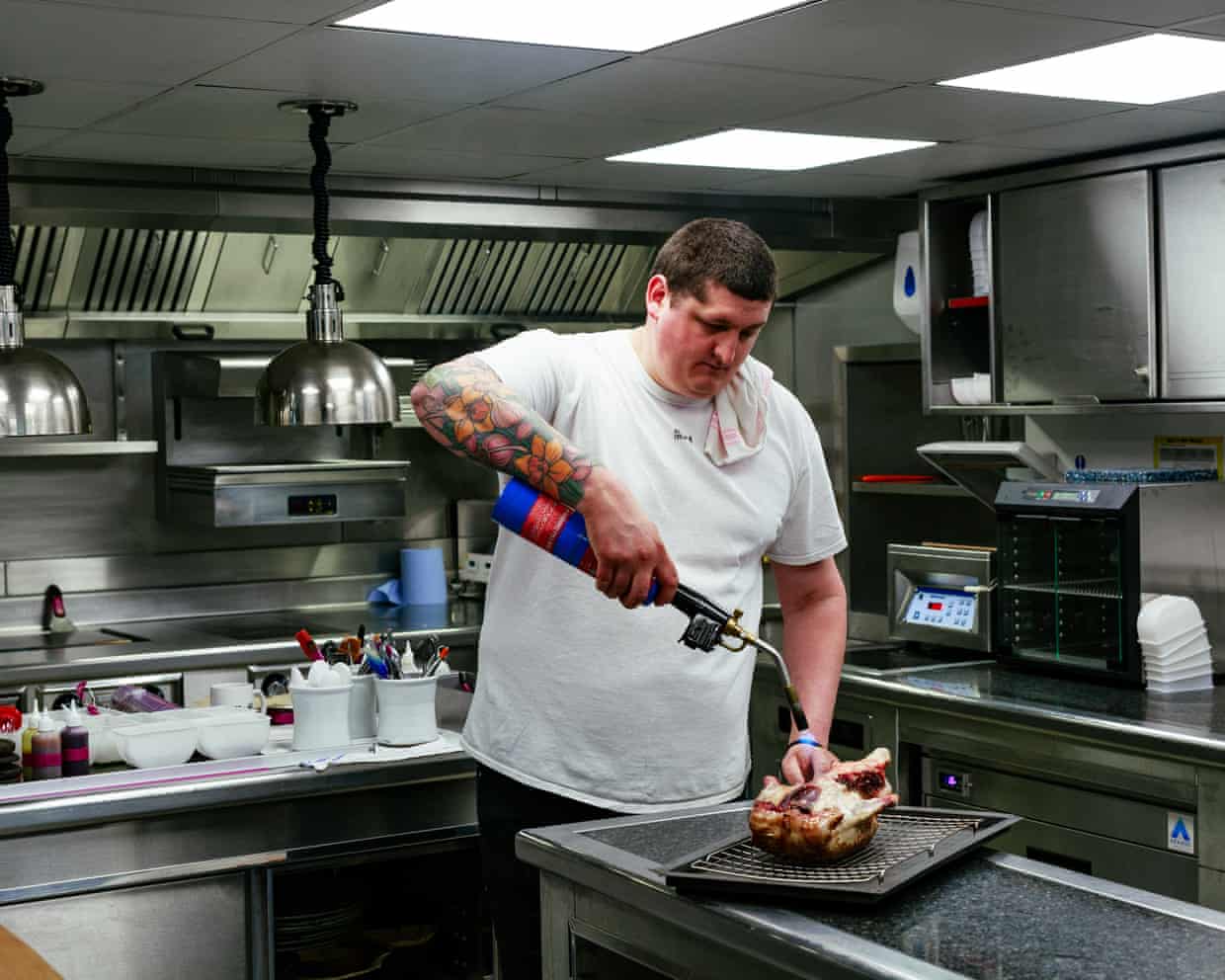
Two stars from Michelin, one for hygiene: star chef’s poor score ignites UK dining debate
According to a critic who has eaten at every three-star Michelin restaurant in the world, Gareth Ward, the star chef and owner of Ynyshir, on the southern edge of Eryri national park, is a groundbreaking visionary.“He knows which rules to break and when,” Andy Hayler wrote. “He’s like Picasso; if you look at his early still lifes, they’re unbelievably perfect.”Food safety officers at Ceredigion county council clearly do not agree. Ward’s two-Michelin-starred establishment was given a one-star hygiene rating in a recent inspection, which means it is operating below minimum legal standards

Nato chief urges ‘thoughtful diplomacy’ after US treasury secretary’s jibe at Denmark

Next buyout saves footwear brand Russell & Bromley but 400 jobs likely to be lost

Elon Musk floats idea of buying Ryanair after calling CEO ‘an idiot’
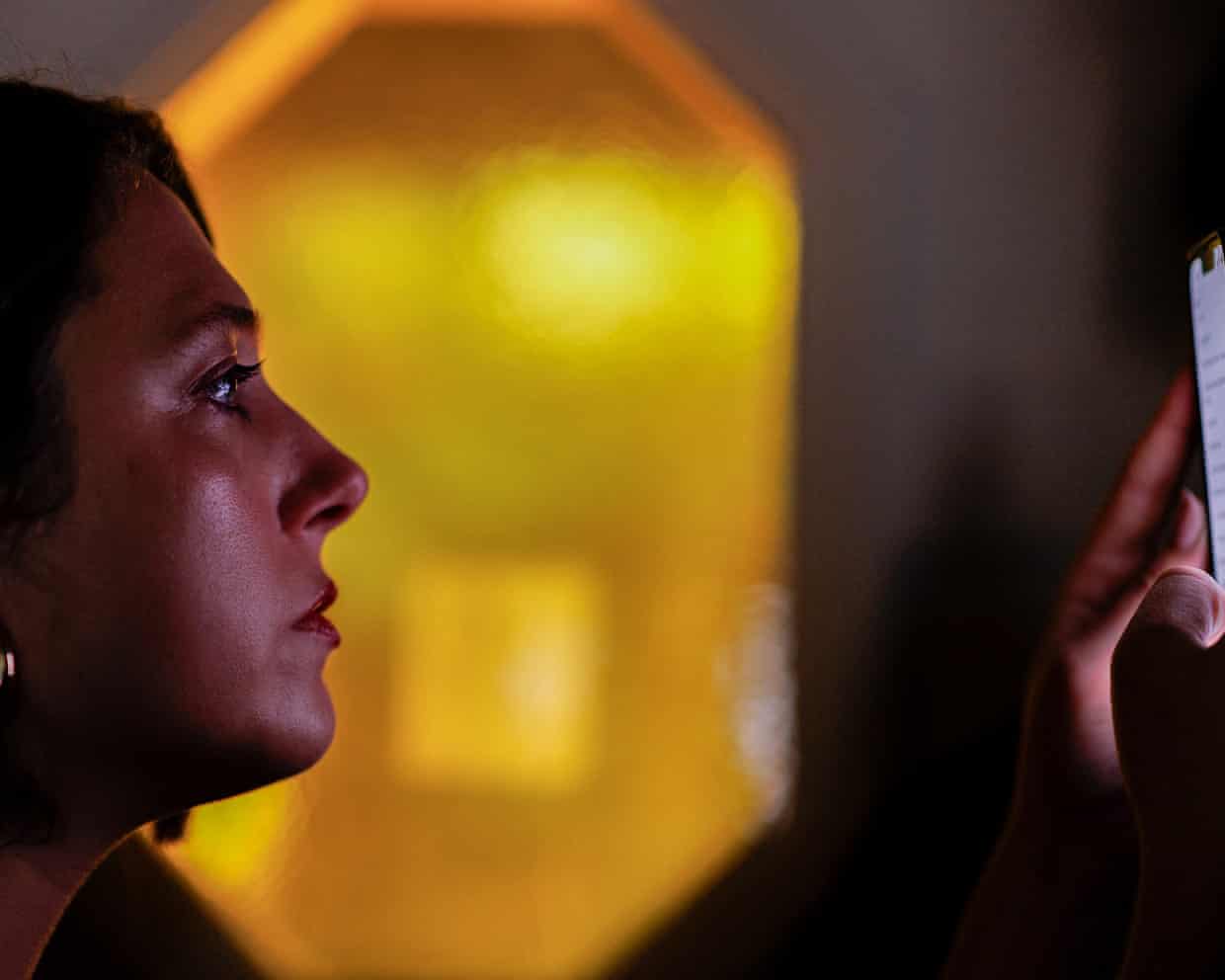
Tell us: has a chatbot helped you out of a difficult time in your life?

Australian Open 2026: De Minaur, Zverev, Tiafoe and Andreeva win, Raducanu out – as it happened

Mayfield claps back at former coach Stefanski and says Browns treated him like ‘garbage’